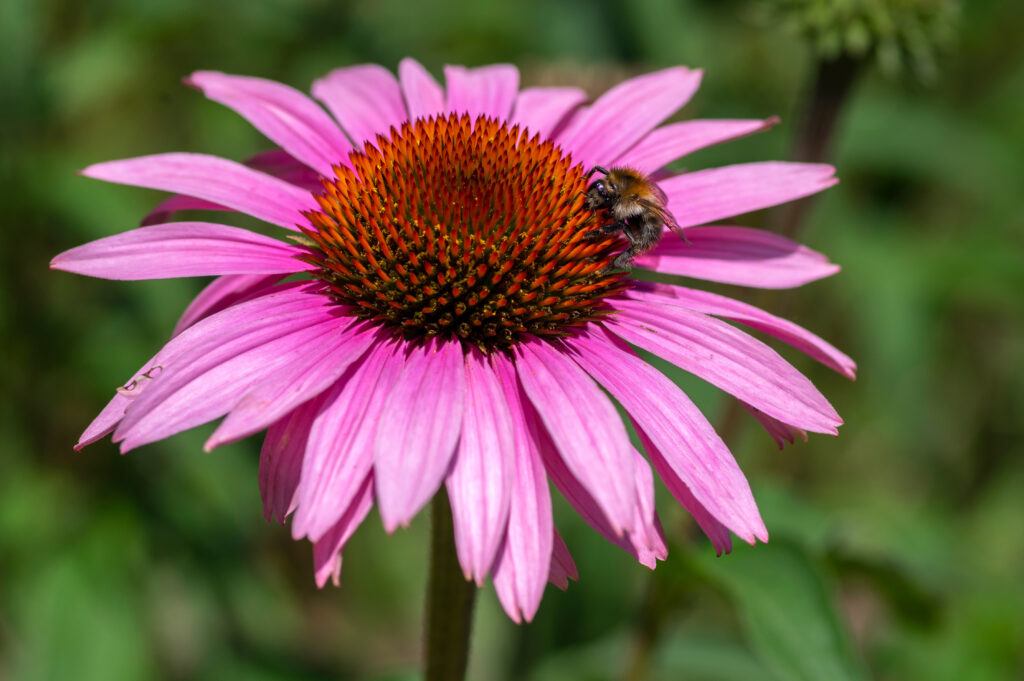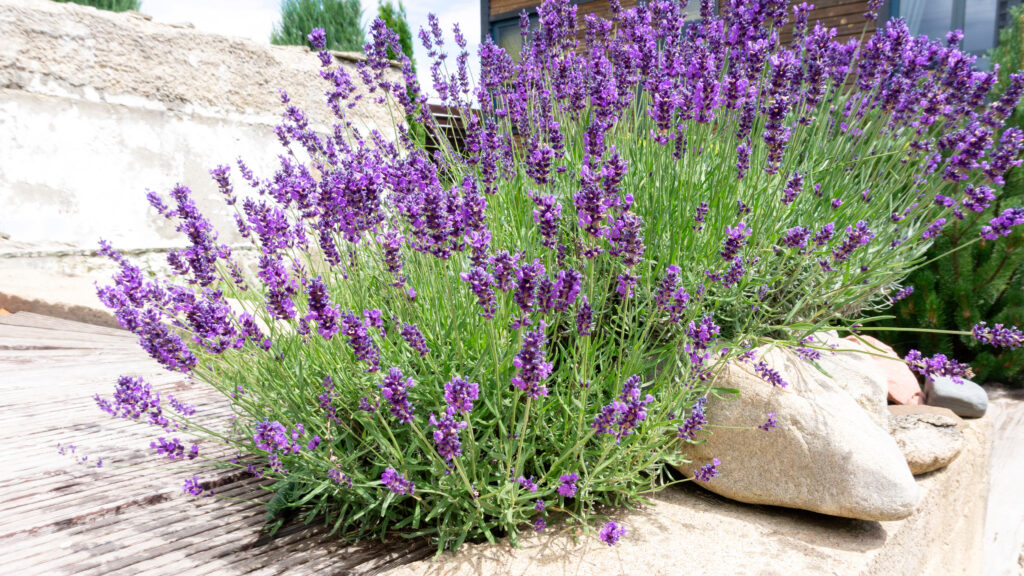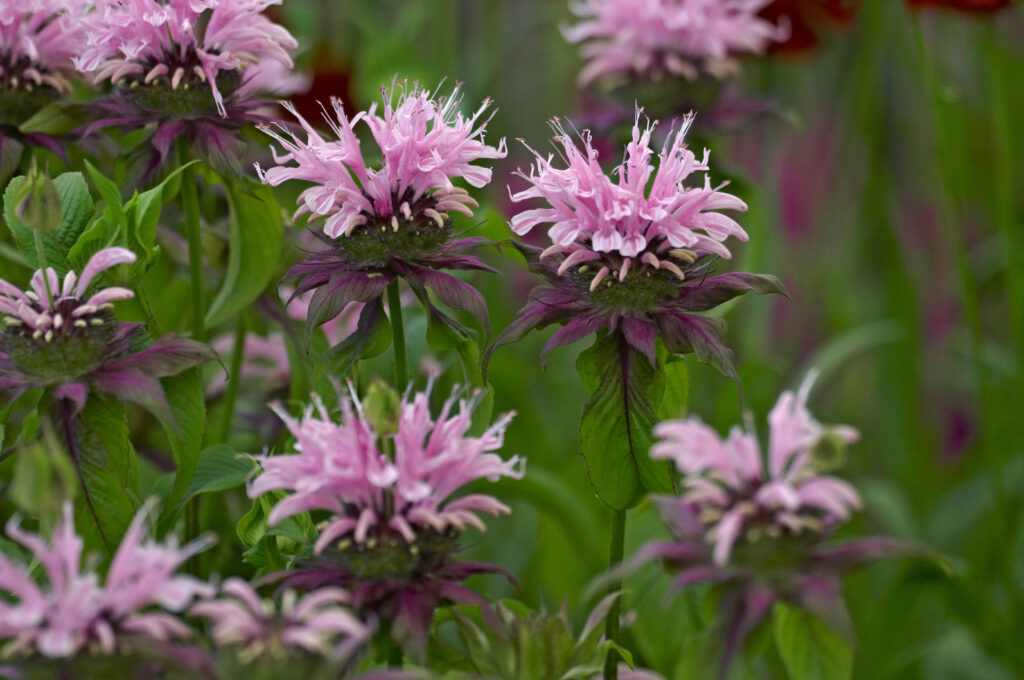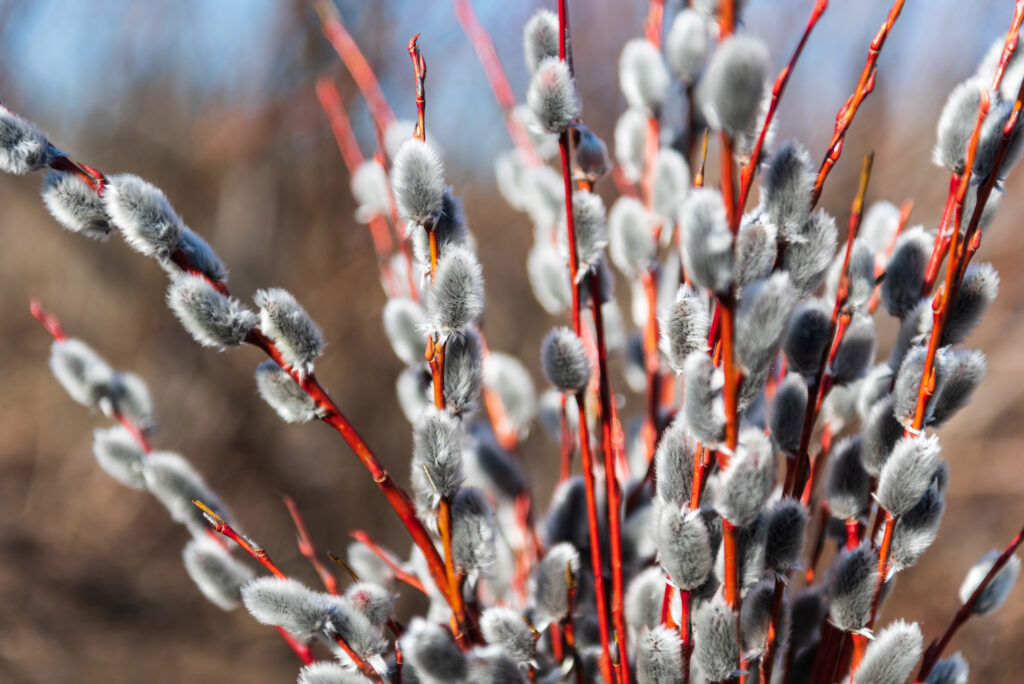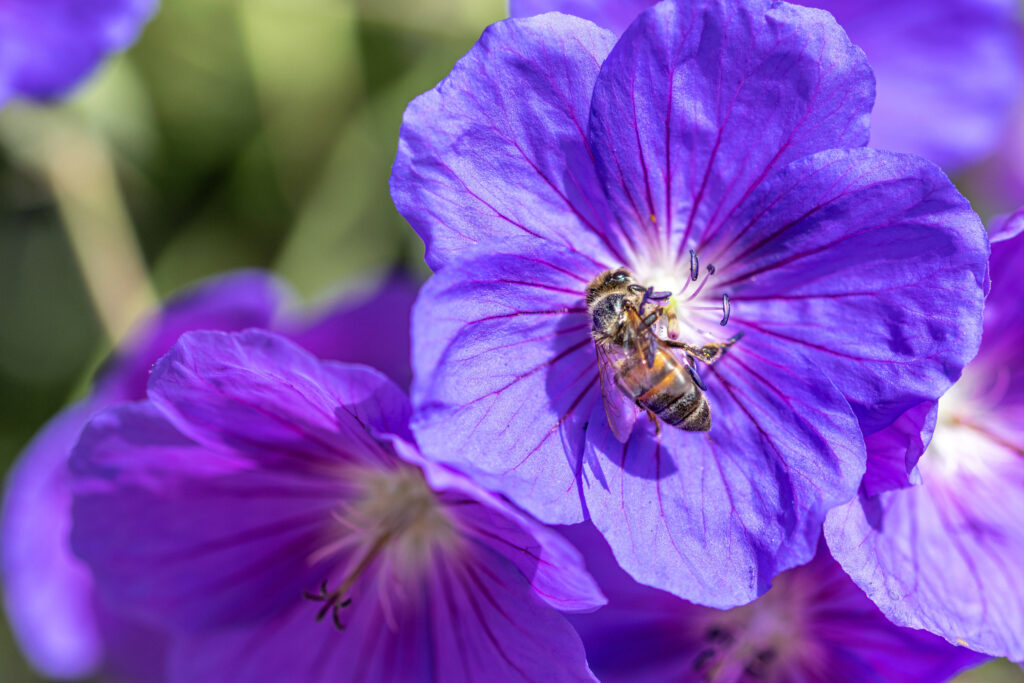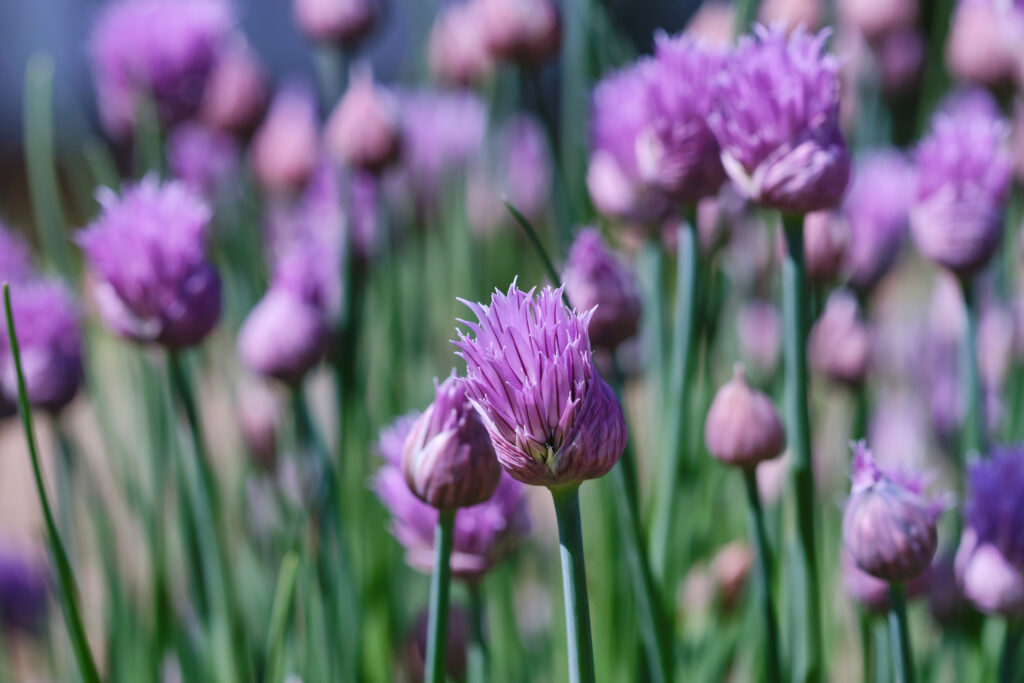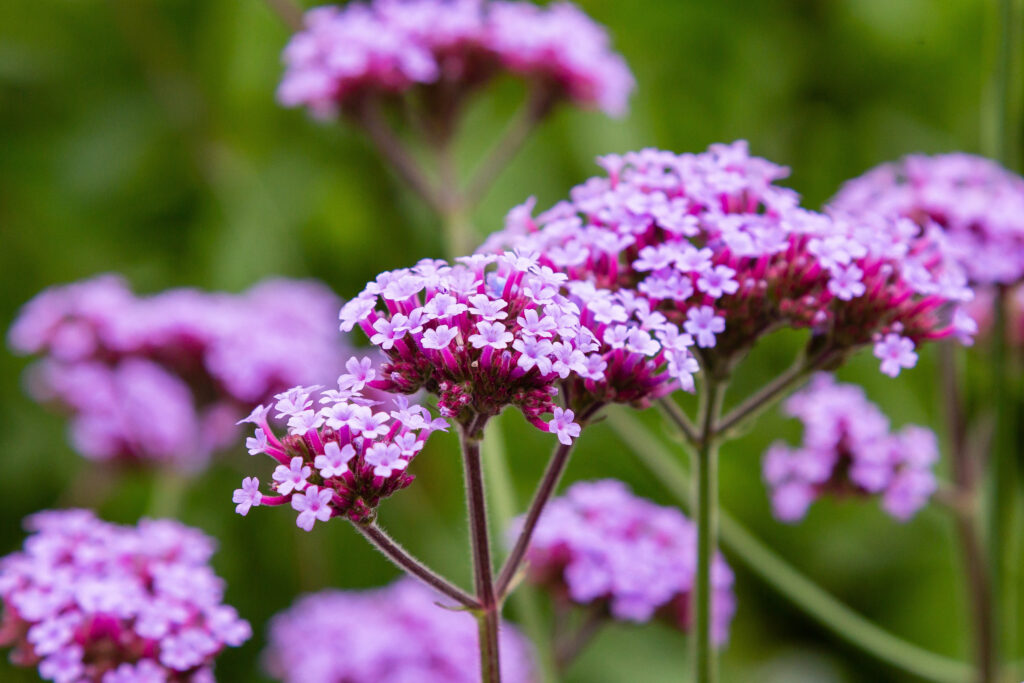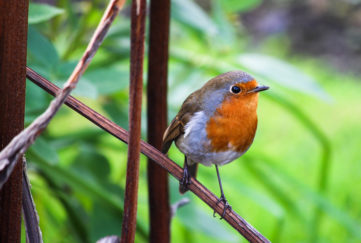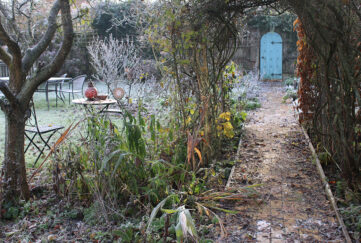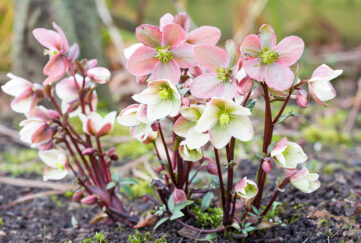How To Attract Bees To Your Garden This Summer
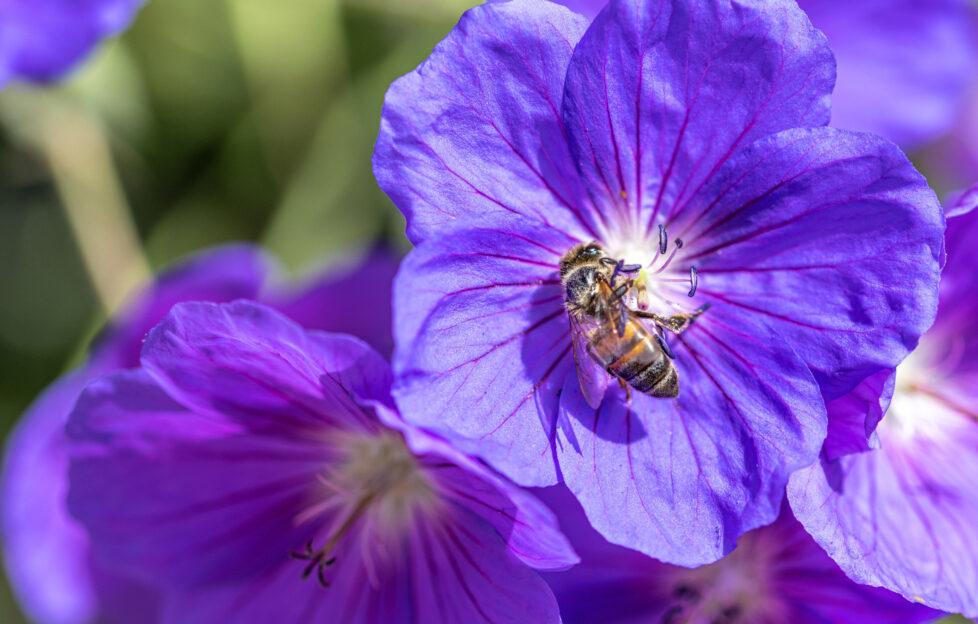
With National Bee Day prompting us to look after these super-pollinators, here are some easy tips to attract these busy insects to your garden…
Green-fingered Brits are being encouraged to grow plants in their gardens to attract bees. Bee populations are in decline around the world, so the experts at GardeningExpress.co.uk have put together their planting tips for attracting the insect into the garden.
Bees are some of the best natural pollinators, and by encouraging them into the garden, it can have a positive effect on the amount of plants which flourish and grow throughout the season. Bees tend to be attracted to flowers that are blue, purple and yellow so it’s important to keep this in mind when planning planting.
Chris Bonnett, founder of GardeningExpress.co.uk said:
“Bees are an essential part of our ecosystem and with honey bees being endangered, growing nectar-rich plants is becoming all the more important. Bees love flowers that are bright in colour, so it’s important to bear that in mind when planning your planting schemes.
“We’ve pulled together a selection of some of our favourite bee-friendly plants that will help encourage these insects to pollinate, whilst helping to make your garden scented and colourful.”
1 Purple Cone Flower
Echinacea Purpurea is a type of Purple Cone Flower that bees are particularly attracted to. Their big open petals not only encourage bees to pollinate them, but can also make a colourful addition to the garden. These flowers usually bloom around June and last for many weeks.
2 Lavender
Not only does Lavender smell great, but bees love it too. Rich in nectar, it’ll attract honey bees while leaving a wonderful scent in your garden.
3 Bee Balm & Mahogany Bee Balm
Monarda Beauty of Cobham is highly attractive to bees, which is how it has earned the name Bee Balm. These pink flowers bloom from July to September, and are originally found in North America. In the same plant family, Mahogany Bee Balm is perfect for attracting bees through their bright red-scented petals. They typically bloom from June until late summer.
4 Pussy Willow
This plant is silver-grey in colour and is found widely in Europe. It is ideal if you are looking to encourage insects like bees earlier on in the season.
5 Geranium Rozanne
This plant was actually nicknamed ‘Jolly Bee’ because of how much bees are attracted to it. This plant produces beautiful blue flowers with open petals, perfect for bees to pollinate.
6 Chives
Although Chives are a tasty addition to lots of food, it is also one of the best flowers to have in the garden if you’re wanting to attract more bees. They are rich in nectar and bloom into beautiful pink-purple heads from April.
7 Verbena bonariensis
This tall perennial has clusters of small purple flowers which bees and butterflies love. They produce lots of nectar – and look amazing in the garden.

